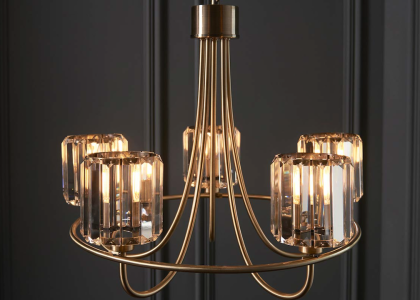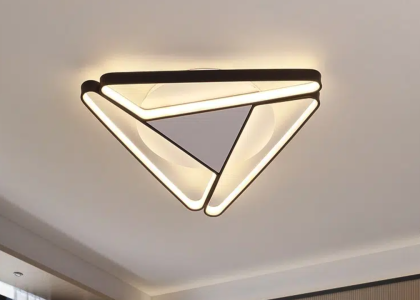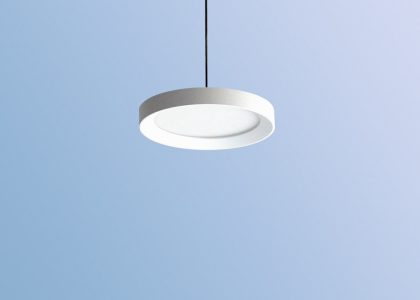Introduction
Lighting technology has come a long way in recent years, with advancements in LED and OLED lighting systems. However, there is a new player in the field that has the potential to revolutionize how we light our homes, offices, and streets. Scandium lights, which use the rare earth element scandium to produce light, offer several benefits over traditional lighting systems. In this article, we explore the science behind scandium lights and the advantages they offer over other lighting technologies.
The Science Behind Scandium Lights
Scandium is a rare earth element that is found in small amounts in the earth’s crust. It was discovered in 1879 by Swedish chemist Lars Fredrik Nilson. Scandium lights use a small amount of scandium to produce light through a process known as metal-halide lamp technology. A metal-halide lamp contains a small amount of a metal, such as scandium, and a halide gas, such as iodine, in a sealed quartz tube. When an electric arc is passed through the tube, the metal and gas are excited, producing light.
The light produced by a scandium light is different from that produced by other lighting technologies. It has a high color rendering index (CRI), which means colors appear more vibrant and natural. This makes it ideal for use in photography studios, art galleries, and other places where color accuracy is important.
Scandium lights also offer a low level of glare, which reduces eye strain, making them suitable for use in office environments. They also have a long lifespan, with some lamps lasting up to 20,000 hours. This means they require less frequent replacement, reducing maintenance costs.
The Advantages of Scandium Lights
Scandium lights offer several advantages over other lighting technologies. One of the main advantages is their energy efficiency. They produce more light per watt of energy consumed than traditional incandescent bulbs, and are similar in efficiency to LED lighting systems. This means using scandium lights can reduce energy costs and help lower carbon emissions.
Another advantage of scandium lights is their versatility. They can be used in a range of applications, from indoor lighting to street lighting. They are also suitable for use in harsh environments, such as industrial settings, where they can withstand exposure to dust, heat, and moisture.
Scandium lights are also more environmentally friendly than traditional lighting systems. They contain fewer hazardous materials, such as mercury, than other types of lamps, making them easier to recycle. This can help reduce the amount of electronic waste that ends up in landfills.
The Future of Scandium Lights
Scandium lights are still a relatively new technology, but they have the potential to revolutionize the lighting industry. As with any new technology, there are still challenges to overcome, such as the cost of production and the availability of scandium. However, as demand for energy-efficient and environmentally friendly lighting systems increases, it is likely that scandium lights will become more widely used.
Research into scandium lights is also ongoing, with scientists looking for ways to improve their efficiency and reduce their cost. There is also interest in using scandium in conjunction with other rare earth metals, such as yttrium and gadolinium, to produce even more efficient lighting systems.





